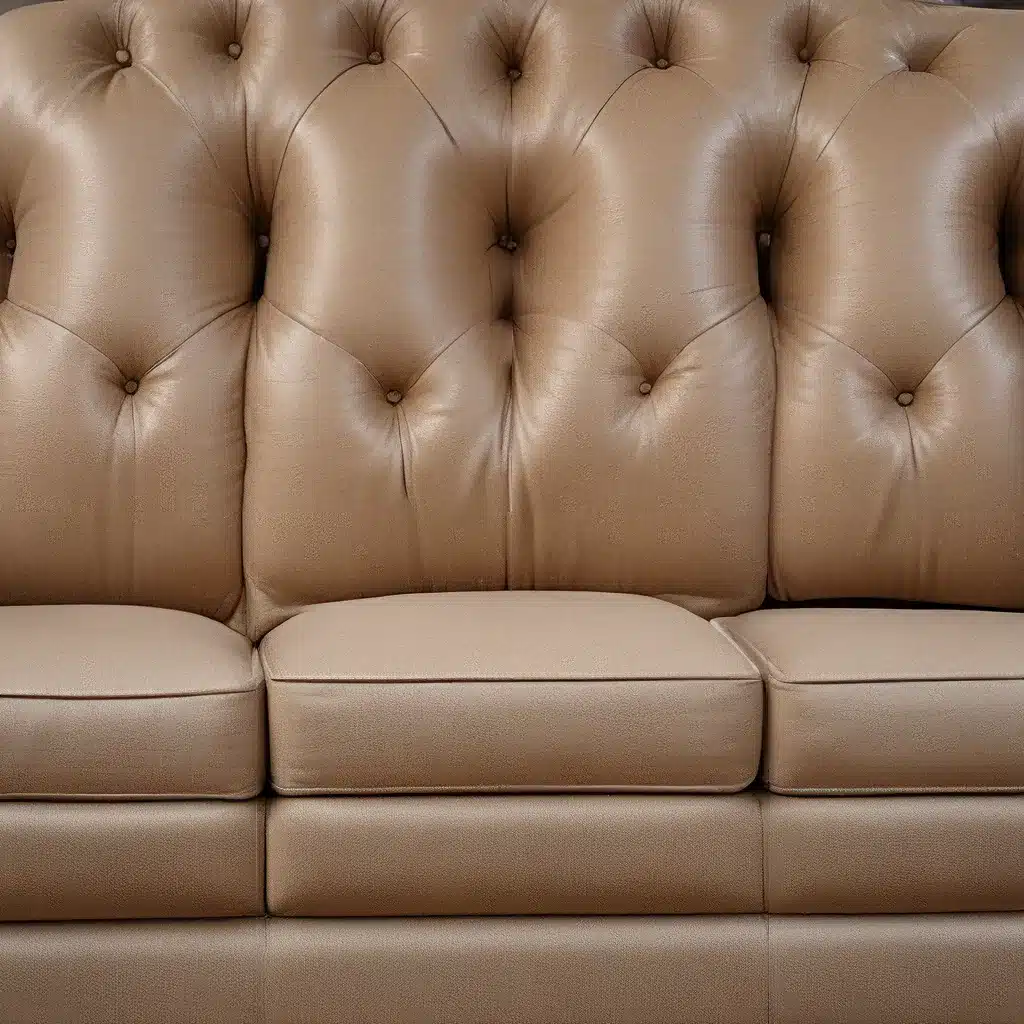
As a self-proclaimed upholstery enthusiast, I’ve had my fair share of triumphs and tribulations when it comes to maintaining the pristine condition of my beloved furniture. From cherished heirlooms to modern, minimalist pieces, each item requires a unique approach to ensure it looks its absolute best.
Over the years, I’ve developed a deep appreciation for the intricate craft of upholstery and the level of care and attention it demands. It’s not just about keeping the fabric free of stains and blemishes – it’s about preserving the structural integrity, reviving faded colors, and ensuring a harmonious blend of form and function.
Deconstructing the Upholstery Cleaning Process
Much like learning a new language or mastering a sport, the key to effective upholstery care lies in breaking down the process into its fundamental components. Let’s dive into the DiSSS (Deconstruction, Selection, Sequencing, Stakes, and Stakes) framework that has served me so well.
Deconstruction: Identifying the Building Blocks
The first step in any upholstery cleaning endeavor is to deconstruct the process into its most basic elements. This involves understanding the different materials used in upholstery, such as fabrics, cushions, and frames, as well as the various cleaning techniques and tools required for each.
For example, delicate fabrics like silk or velvet may require a gentler approach, with specialized solutions and soft-bristled brushes. On the other hand, sturdy materials like leather or microfiber may be able to withstand a more aggressive cleaning regimen. By familiarizing yourself with the unique properties and care requirements of each component, you can tailor your approach to achieve the best possible results.
Selection: Focusing on the 80/20
Once you’ve deconstructed the upholstery cleaning process, it’s time to select the most critical steps – the proverbial 20% that will yield 80% of the desired outcome. This could involve prioritizing the cleaning of high-traffic areas, addressing stubborn stains, or ensuring the proper treatment of delicate materials.
For instance, regularly vacuuming the upholstery can make a significant difference in preserving its appearance, as it helps to remove dirt, dust, and other debris that can wear down the fabric over time. Similarly, spot cleaning any spills or stains as soon as they occur can prevent them from setting and becoming harder to remove later on.
Sequencing: Mastering the Steps
With the essential elements identified, the next step is to determine the optimal sequence for tackling the upholstery cleaning process. This could involve starting with the most challenging tasks, such as deep cleaning the cushions, before moving on to lighter maintenance like dusting and polishing.
Upholstery experts often recommend following a specific order when cleaning, such as:
- Vacuuming the entire surface to remove loose dirt and debris.
- Spot-cleaning any stains or spills using the appropriate cleaning solution and method.
- Applying a gentle, all-over cleaning solution to the fabric, allowing it to sit for the recommended time.
- Gently scrubbing the fabric with a soft-bristled brush or cleaning tool.
- Blotting the area with a clean, absorbent cloth to remove any excess moisture.
- Allowing the upholstery to fully dry before replacing any cushions or covers.
By following a consistent sequence, you can ensure that every step builds upon the previous one, leading to a polished and pristine finish.
Stakes: Cultivating Accountability
The final, and perhaps most crucial, element of the DiSSS framework is establishing stakes. This involves creating a sense of accountability and commitment to the upholstery cleaning process, which can help you stay on track and motivated.
One effective way to do this is to set specific, measurable goals, such as cleaning a particular piece of furniture by a certain date or maintaining a cleaning schedule for the entire home. You could even enlist the help of friends or family members to hold you accountable and provide a supportive community for your upholstery care efforts.
Unlocking the Secrets of Upholstery Perfection
As with any skill, the key to mastering upholstery care lies in a combination of diligence, creativity, and a willingness to experiment. By embracing the DiSSS framework and applying it to your unique upholstery needs, you can unlock the secrets to achieving a flawless, long-lasting finish.
Remember, the journey is just as important as the destination. Embrace the art of upholstery care, celebrate your successes, and learn from any missteps along the way. Before long, you’ll be the envy of all your friends and neighbors, with furniture that looks like it’s straight out of a design magazine.
And don’t forget to visit Carpet Cleaning Maconga for all your professional upholstery cleaning needs. Their team of experts can help you achieve the pristine, show-stopping look you’ve been dreaming of, without all the hassle.
Happy cleaning, my fellow upholstery enthusiasts!

